Have you ever entered a space and felt at peace, or worked through a process and felt appreciation for how easily the task flowed, or used a product so intuitive in its design that you didn’t need instructions? Imagine those experiences in a health care context. That’s the world design experts Bon Ku and Ellen Lupton would like to create. On its surface, their manual aims at designers of health products, but the exercises the authors provide will help anyone involved in creative work or problem-solving.
Design thinking requires a human-centered approach and a creative mind-set.
Ergonomics is a mid-2oth century design approach that takes human behavior and anatomy into greater consideration in design. Ergonomic and human-centered design acknowledges diversity among human bodies and abilities. Individuals and institutions like design agency IDEO and the d.school at Stanford University began exploring human-centered design thinking in the 1990s.
Human-centered design addresses the wishes and needs of people who use a product or service. The process of health design thinking can involve the use of photo journals, role-playing, data visualization or other methods to immerse designers in the unique aspects of health care-specific design problems.
Observation, imagination and prototyping comprise the three phases of design thinking.
Top-down interventions often ignore context and environment – disregarding the skills, beliefs and priorities of the community they wish to serve. Such interventions tend to fail. Design thinking calls for an intense period of observation. The designer or design team spends time...
Dr. Bon Ku is the Director of the Health Design Lab, the Assistant Dean for Health and Design at Thomas Jefferson University and leads the Medicine+Design initiatives at the Sidney Kimmel Medical College. Ellen Lupton is founding director of Maryland Institute College of Art’s Graphic Design MFA program.









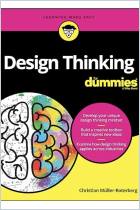
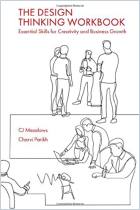
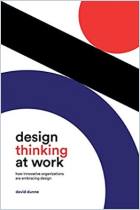
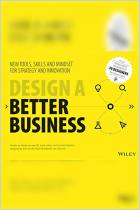
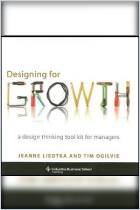
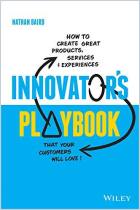






Comment on this summary or Comenzar discusión